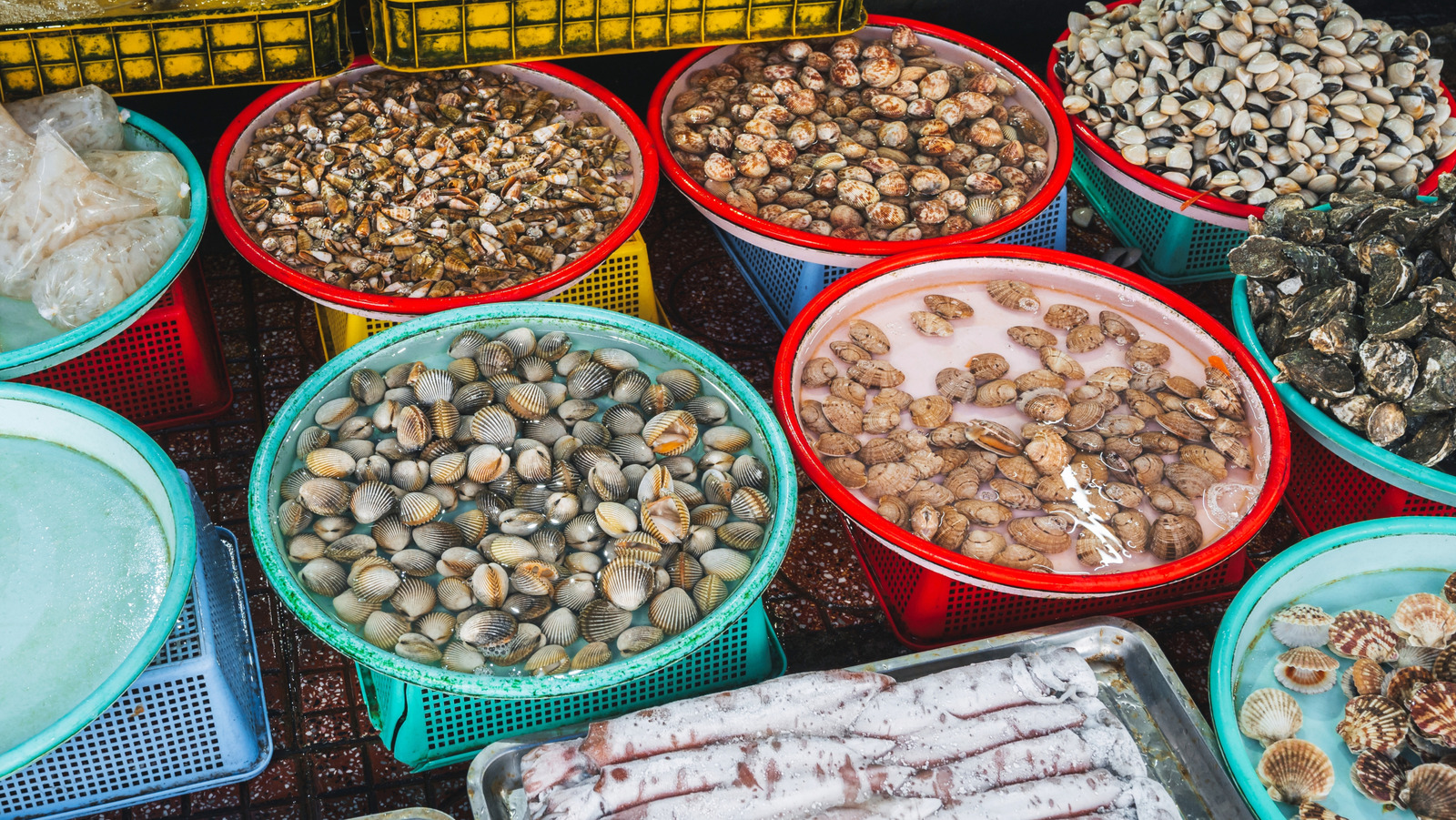
"For generations, wild abalone fed communities along the Pacific coast, from California to Alaska, prizing not just the meat but also the shells, which they transformed into ornaments and tools."
"By the 20th century, wild abalone captured the attention of chefs, divers, and seafood lovers, with the meat compared to a cross between the sweetness of a scallop and the chewiness of calamari."
"Years of overfishing, habitat loss, and poaching steadily reduced populations, leading to the rise of withering syndrome and accelerated decline due to climate shifts."
"These days, wild abalone are endangered, with harvesting prohibited in the U.S., and finding a shell washed up on a north California beach feels almost like stumbling on a fossil."
Wild abalone was historically vital to many Pacific Coast communities, especially Indigenous peoples, who utilized both the meat and shells for various purposes. It became a symbol of abundance and was featured in seasonal feasts. In the 20th century, abalone gained popularity among chefs and seafood lovers, but overfishing and habitat destruction led to a dramatic decline in populations. The emergence of a bacterial disease and diminishing kelp forests further threatened their survival. Currently, harvesting wild abalone is prohibited in the U.S., marking their status as endangered.
Read at Tasting Table
Unable to calculate read time
Collection
[
|
...
]